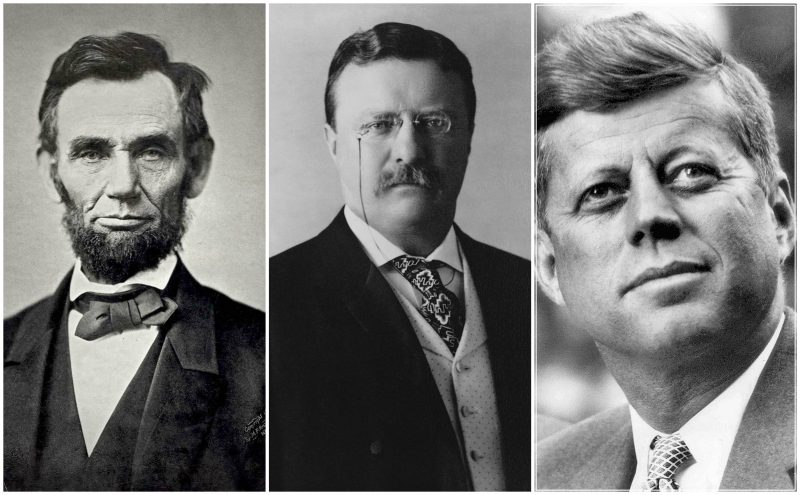These photos we found, document the changes in the industry in a small town Washington, in the City of Sunderland, in Tyne and Wear, England.
Washington is located geographically at an equal distance from the centres of Newcastle, Durham and Sunderland, hence it has close ties to all three cities.
Washington was designated a new town in 1964; it expanded dramatically, by the creation of new villages and the absorption of areas of Chester-le-Street, to house overspill population from surrounding cities.
Built on industry, Washington contains several industrial estates, named after famous local engineers, such as Parsons, Armstrong, Stephenson, Crowther, Pattinson, Swan and Emerson.
The images below document the development of the factories such as Philips, Nissan and Linread in Washington between 1964 & 1988.







Historically, Washington was heavily involved in the coal industry with a number of pits. One of these in the Albany district of Washington is preserved as the ‘F’ Pit Museum (pits in Washington were named alphabetically e.g. the ‘F’ Pit). A number of the old communities of Washington grew up around the pits (e.g. the modern area of Usworth partly grew up around the Usworth mine and the area was known as Usworth Colliery (and still is to some of the older generation). In support of the mines, there was a series of wagonways and later railway lines to transport the coal. The wagonways took coal to Staithes on the River Wear, where it could be loaded onto barges to be taken to the oceangoing vessels at Sunderland.
Washington was also involved in the chemical industry and the Washington Chemical Works was a major employer in the 19th century. This later became the Cape/Newalls Works, which produced insulation. The Pattinson Town area of Washington grew up around the chemical works. This area is now Pattinson industrial estate and Teal Farm housing estate.







All photos belong to ‘Tyne & Wear Archives & Museums’
